Growing up, my kids were so used to my disaster preparedness drills, they could probably escape out of a window down a ladder in their sleep. They still joke about how we did our drills monthly, but as a single mom, I couldn’t risk not being able to save all 3 of my children in the event of a fire, earthquake, tornado, or other natural disaster. When disaster strikes, having a disaster preparedness plan and a well-stocked bug out bag can mean the difference between life and death. From basic necessities to specialized tools, this list covers the basics you need to stay safe and self-sufficient.
1. Water and Water Purification

Hydration is crucial during emergencies. Pack enough water to last a few days. Include a portable water filter or purification tablets to ensure access to clean drinking water. A LifeStraw or a Sawyer Mini Water Filter are excellent options.
2. Non-Perishable Food
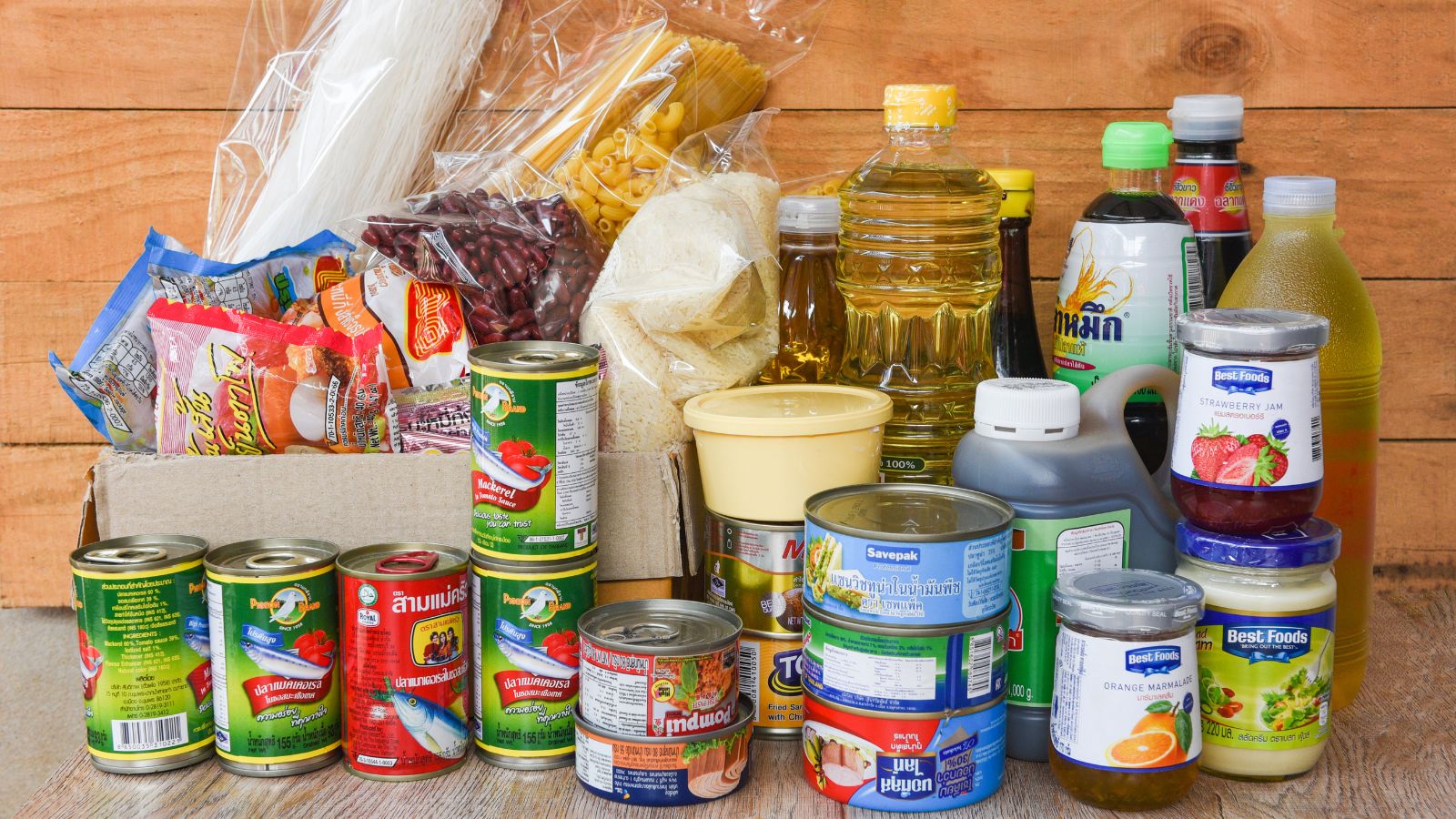
Calorie-dense, non-perishable foods are a must-have in your bug out bag. Choose items with a long shelf-life, such as energy bars, trail mixes, dehydrated meals, and high-protein snacks. Remember to rotate your food supply regularly.
3. First Aid Kit

A well-stocked first aid kit is a no-brainer. Include bandages, antiseptic wipes, gauze, scissors, tweezers, and any prescription medications you or your family members might need. My daughter is an asthmatic and allergic to a million things, so we always include an extra inhaler in our bug out bag – as well as an Epi-pen.
4. Shelter and Warmth

A lightweight, waterproof tent and emergency blankets can provide much-needed shelter. Pack a sleeping bag or thermal blanket to keep you warm, as well as a portable camping stove and fuel for cooking and warmth, if possible.
5. Fire Starting Tools
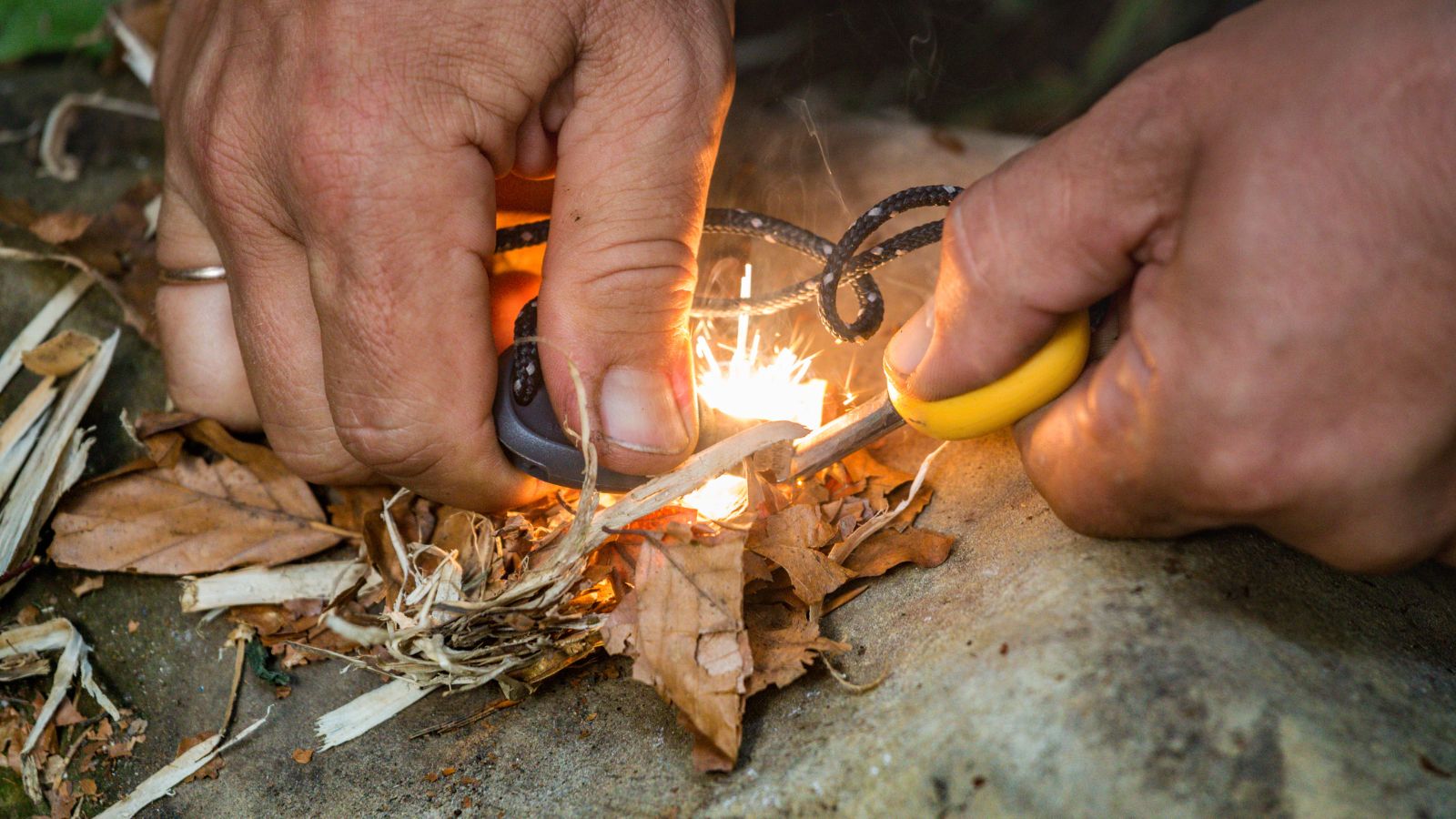
The ability to start a fire can be life-saving. Include waterproof matches, a lighter, and fire-starting tools like a ferro rod or flint and steel. Tinder, such as dryer lint or cotton balls soaked in wax, can also be helpful in a pinch. Cotton balls dipped in petroleum jelly, as an alternative, can give you a good 3-4 minutes of flame. That’s not going to keep you warm for long, but it’s sufficient to help get a fire going or to warm food quickly.
6. Navigation and Communication
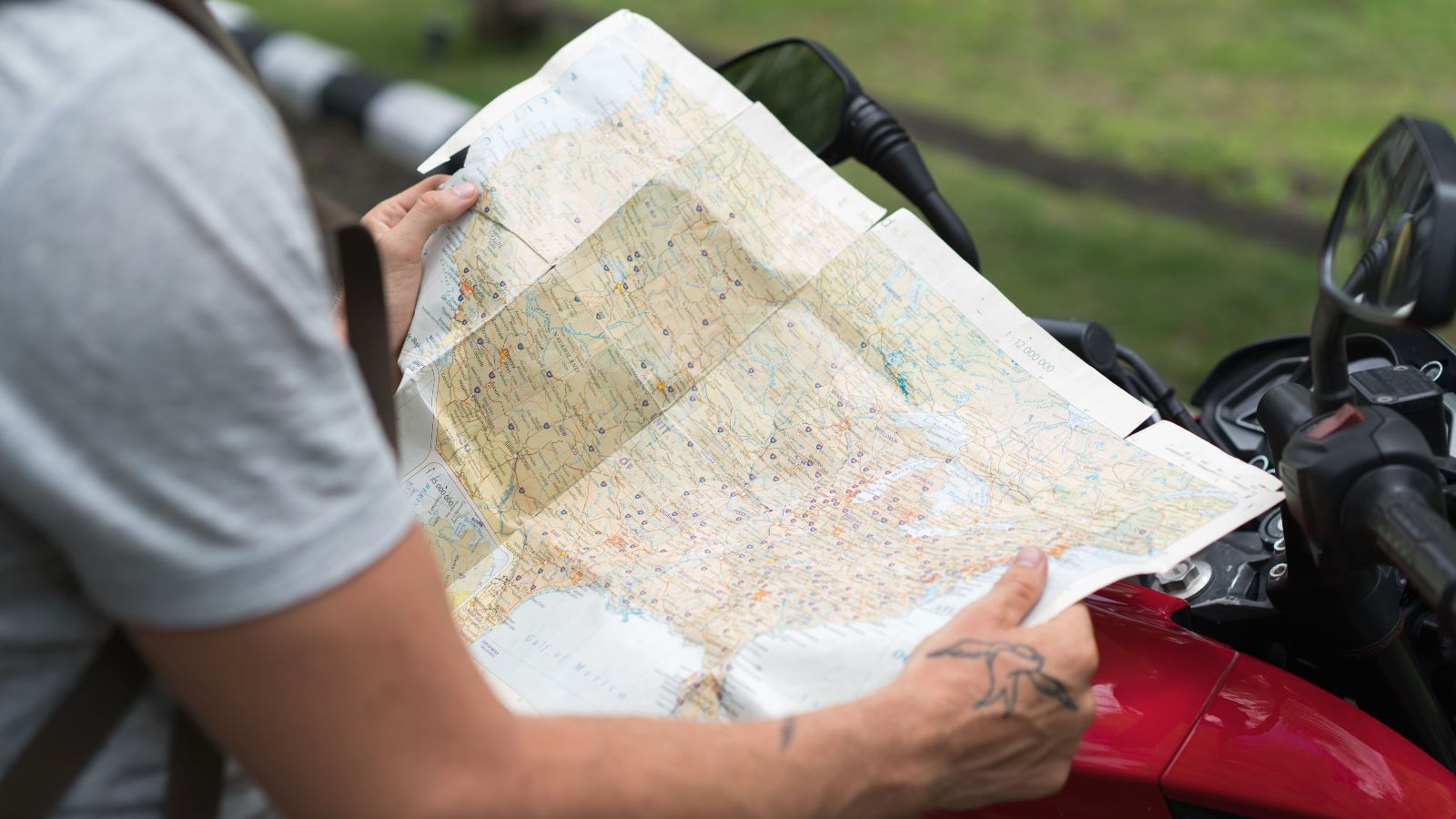
A compass, maps of the area, and a whistle for signaling can help you navigate and communicate in an emergency. Put a hand-crank or solar-powered radio and a backup portable charger for your electronic devices in your bug out bag, too.
7. Lighting

A reliable source of light is essential. Pack headlamps or flashlights with extra batteries, as well as glow sticks or chemical light sticks for emergency lighting. Being able to navigate without electricity isn’t something most people have had to do in this lifetime. Your headlamp will be your best friend – and just might keep you alive.
8. Hygiene and Sanitation

Personal hygiene is crucial for maintaining health and preventing the spread of illnesses. Once one person in your family gets a transmittable disease, it’s difficult to prevent the others from getting it. Your best course of action is preventing them all together. Your bug out bag should include items like toilet paper, wet wipes, hand sanitizer, soap, and a trowel for burying waste.
9. Tools and Repair Items

A multi-tool or a good quality knife will be invaluable in so many emergency situations. Duct tape, paracord, and a sewing kit will go a long way.
10. Self-Defense

Depending on your location and situation, you may want to consider including self-defense items like pepper spray or a personal alarm. Note pepper spray is legal in all 50 states in the U.S.
11. Cash and Important Documents

In case of an emergency evacuation, carry cash in small denominations and copies of important documents like identification, insurance papers, and emergency contact information. Especially in the event of government checkpoints and quarantines, you’ll want to be able to prove you are who you say you are.
12. Protective Clothing

Pack appropriate clothing for the climate and weather conditions you might encounter, including sturdy boots, rain gear, and work gloves. Keep in mind you may be traveling long distances, depending on the disaster that strikes. Being prepared with clothes for “all seasons” is ideal, but layering can also help keep your bags lighter.
13. Signaling Devices
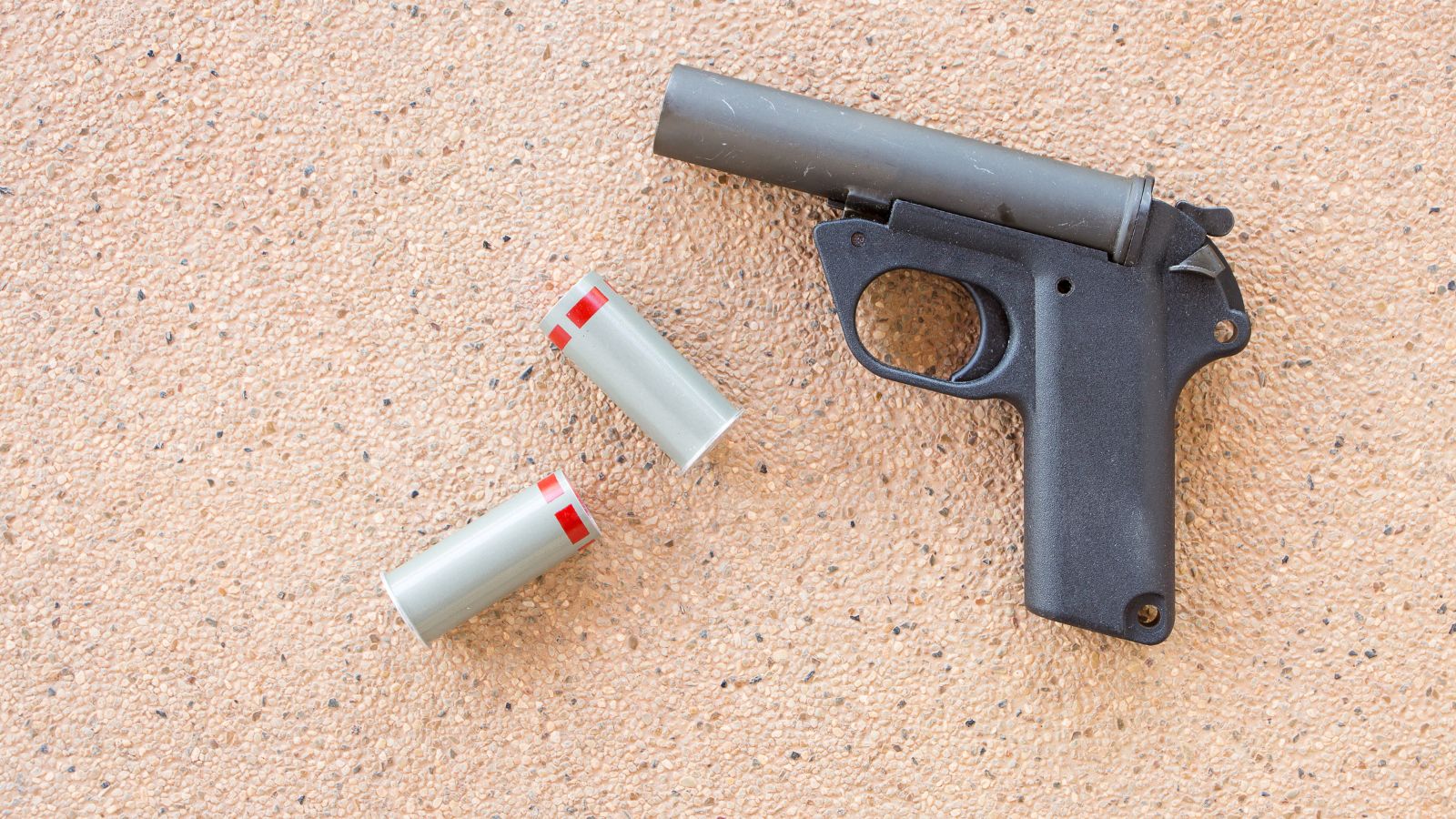
Whistles, signal mirrors, and flares can help you attract attention and aid in rescue efforts. These can be ordered off of Amazon and placed in your bug out bag ahead of time. They are some of the first items that will sell out during the event of an impending disaster.
14. Entertainment and Morale Boosters

Don’t forget to include items that can help boost morale and keep spirits high during a stressful situation, such as a deck of cards, a small notebook and pen, or a portable game. This is especially important if you have children; they aren’t as prepared for these types of things as we are. A deck of cards can be used to create 100s of variations of games that can be played by candlelight if need be.
15. Pet Supplies

If you have pets, include pet food, water bowls, leashes, and any necessary medications in your bug out bag. Packing their vaccination records is also a good idea. Having a digital copy on your phone is not enough; make copies and bring a folder with hard copies with you. You may not always have the ability to use your phone, and in the event of a disaster, you need to preserve your battery. Preparedness is key when it comes to emergency situations. Remember to tailor your bug out bag to your specific needs and regularly check and rotate the contents to ensure everything is in working order. Stay safe and be prepared!
38 Things Every Prepper Should Stockpile That Aren’t Water, Food, or Weapons

This list extends beyond the basic survival trio of water, food, and weapons. It’s a given that we need to stock up on water, food, and a way to defend ourselves and what we have. But what other things will you need in a survival situation? None of us truly knows what TEOTWAWKI will really look like, although most of us have theories we think most likely. But whatever the situation is, there are certain supplies that it just makes sense to have on hand, aside from the obvious trio I mentioned above.
31 Ways to Boost Home Security: How to Fortify Your Fortress and Deter Burglars

We sadly live in a society where it’s all too common for criminals to want to take what we’ve worked hard to get. The results of a break-in are traumatic, too. Beyond just losing your stuff. Victims often feel violated, anxious, and unsafe, sometimes for years after the event. Prevention is the best way to stay safe. And, while you shouldn’t have to turn your home into a fortress, that’s the stark reality of our world. But you can take plenty of simple steps to deter burglars and ensure your home is less attractive to would-be thieves.
25 Winter Foraging Foods to Save Money on Your Grocery Bill
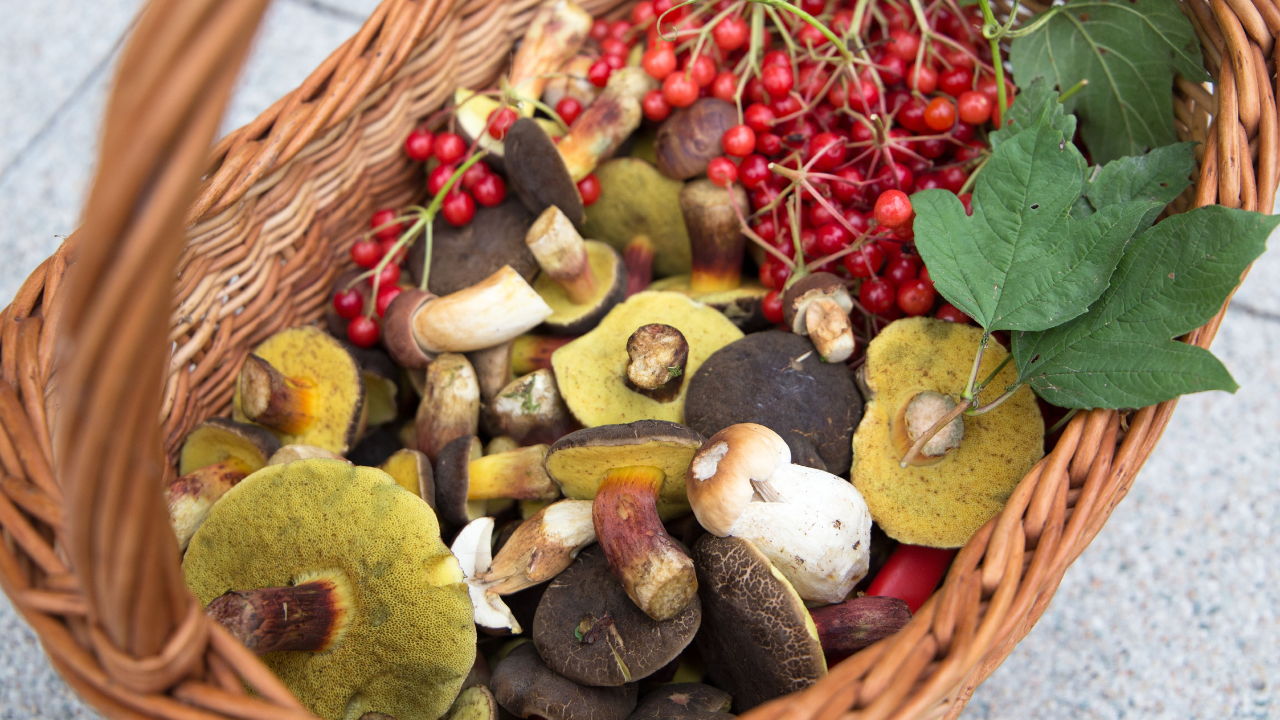
With food prices going up by 15% from October 2021 to October 2023, finding ways to cut down your grocery bills is more important than ever. Winter foraging is an awesome way to add to your pantry for free. Yes, you get free food in the form of wild edibles, but it’s also fun for the whole family, gets you moving, and reconnects you with nature. Even though foraging in winter seems hard compared to the bounty of late summer, there’s still plenty out there if you know where to look. Plus, if things do go south, you need to know how to get wild foods to survive when there are no old-world supplies to access.
Sadie has been writing for over 15 years, teaching other people how to make money online. She's got plenty of real-world experience in disaster preparedness, and has traveled through the US, Mexico, and India.

